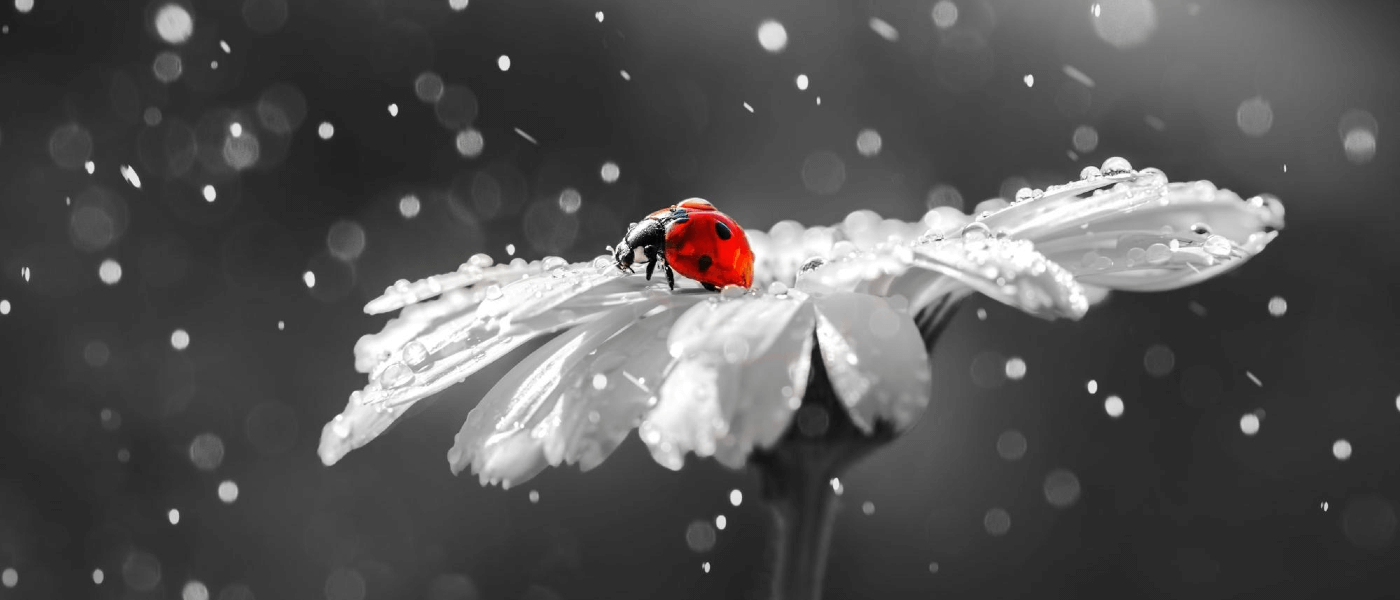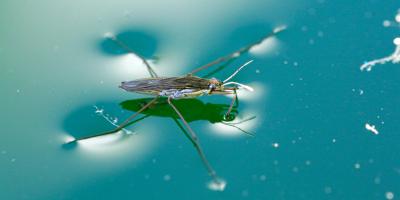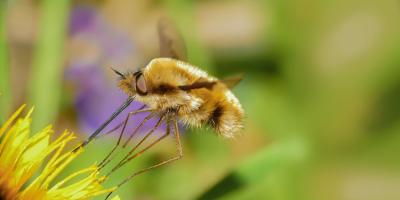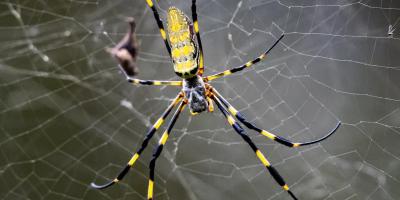Are Winter Bugs a Thing?

One of the great joys of wintertime in New England is not having to deal with insect pests. However, while it’s true that most insects are forced into some form of hibernation or inactivity for the winter, that doesn’t mean they’re only active during the warmer months.
Some species, in fact, survive and remain active in the winter just fine. Thankfully, while you may see these insects during the winter, they rarely make their way indoors and are no cause for concern.
Here, we take a look at some of the most common species of insect you’re liable to run into during the season of snow and ice.
When Walking in a Winter Wonderland...
…You might encounter any of the following four common winter bugs. Remember, these pests rarely make their way indoors, so seeing them on your turf does not necessarily mean that you need professional pest management.
Midges
Midges are a variety of two-winged fly species that resemble mosquitoes. Although they look alike, midges are harmless and do not possess the elongated mouthparts required to feed on blood. You can tell them apart because they have a different vein pattern in their wings than actual mosquitoes. Some people become concerned because of their massive swarms after emerging in winter (similar to mayflies in spring), but they cause no harm. Midges are often found around ponds, lakes and streams and can serve as an indicator of water quality. If they are present, but mayflies, stoneflies and caddisflies are absent, that’s a good indication that the water quality is poor because midges tolerate high levels of pollution and low levels of oxygen.
Scorpionflies
Scorpionflies can also be spotted throughout the winter. They are dark colored with an elongated beak-like structure on their face, and very long back legs adapted for jumping. Their larvae resemble small caterpillars. Scorpionflies’ range extends as far north as Alaska and as far south as Arizona and Tennessee. They are active during winter in the more southern areas they inhabit, including New England.
Stoneflies
Stoneflies are aquatic insects that, unlike most other insects, actually emerge in the winter and early spring. The nymphs reside on stones in creek beds and other bodies of water, hence the name. They are terrible fliers and will not stray far from the body of water they emerged from. They don’t feed on people, plants, trees or animals and they don’t invade homes. The presence of stoneflies should be welcomed -- unlike midges, stoneflies are an indicator of clean, healthy water and serve as prey for a variety of fish. In fact, stoneflies are prized as live bait for fly fishing.
Snow flies
After the snow flies (couldn’t resist!), snow flies are sometimes spotted traveling above the snow line. Their range includes the areas of North America that were once covered by glaciers in the last ice age, coinciding with their cold weather adaptations. They’re related to crane flies, but they don’t have wings (insects are cold-blooded and need to absorb the sun’s heat to generate enough energy to fly). Both stoneflies and snow flies produce an antifreeze-like compound so that they may be active in the winter while their natural predators are inactive.
While these bugs may not be of concern, there are plenty of other indoor pests that pose a year-round threat. For ultimate protection against dozens of pests, ask a representative about our Home Protection Plan.



